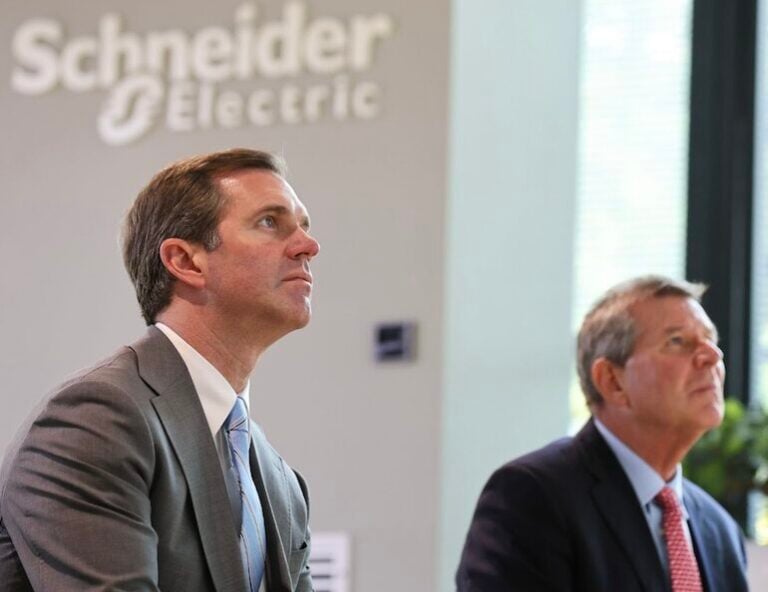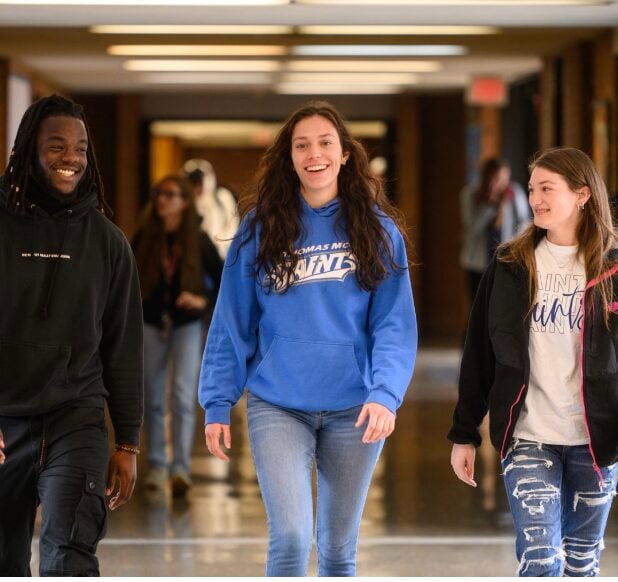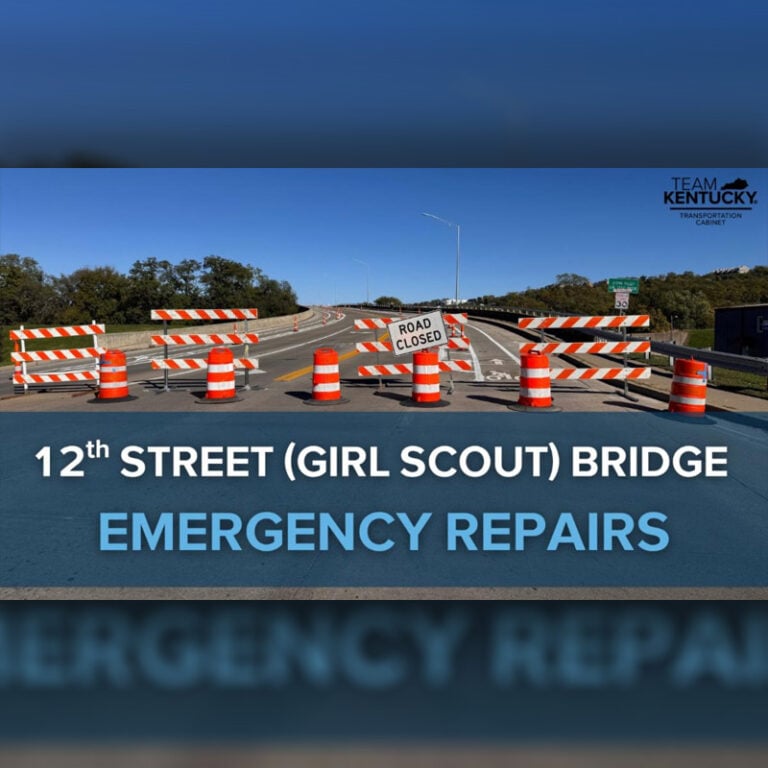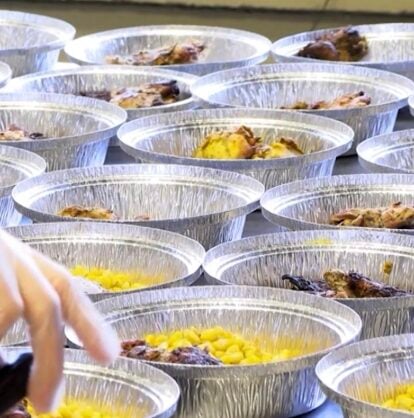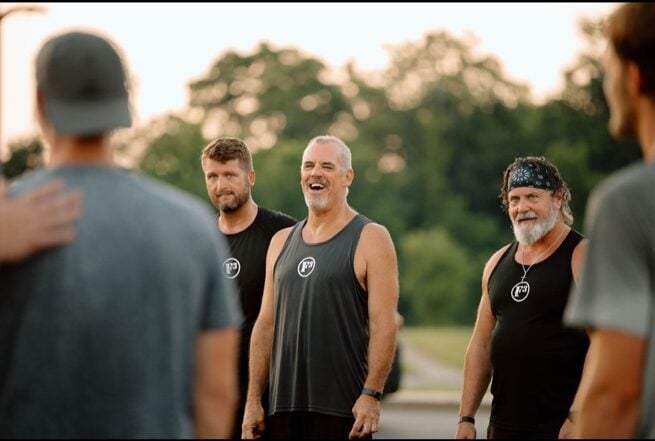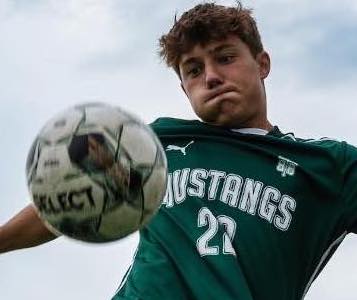By Patricia A. Scheyer
NKyTribune reporter
St. Elizabeth Healthcare celebrated its cutting-edge cardiac care at a support symposium recently and featured the amazing stories of incredible survivors who beat the odds.
Here are two of those stories.
Dustin Clark
Four years ago, in the midst of the pandemic, Dustin Clark and his wife Laura, came down with COVID. Dealing with the demands of two small children, they realized that the needs of the kids always come first, no matter how sick they were.
“When we thought about it, the kids probably had it first, but it was very mild with them – they just had the sniffles, like a cold,” he explained. “But Laura felt pretty bad so we took her to the emergency room and they treated her and sent her home.”
Then Laura noticed Dustin wasn’t breathing correctly and insisted that they get him checked out. They went to an Urgent Care, and nurses there recommended he go straight to the ER. Since they had two toddlers in the back seat, Laura had to drop Dustin at the emergency room and go home to wait.
“I was not in good shape,” Dustin remembers. “I had passed out before I could get into the car, and then when we got to the hospital I had to have a wheel chair. They took me back to a room, tested my oxygen level, and found out that it was 25.” He laughed. “The nurses were surprised, because they said they had never had a patient with that low of an oxygen count who was talking!”
Dustin remembers fading in and out of consciousness, but he woke up enough to realize he was having serious trouble breathing. He said he was put on a ventilator, and later he found out that the pulmonologist put his chances of survival at 5 percent.

Dr George Christensen, a Cardiothoracic surgeon, recommended he be put on an ECMO machine, which stands for Extracorporeal Membrane Oxygenation machine. This machine removes carbon dioxide and sends oxygenated blood back to the body. It takes blood from the right side of the heart to a heart lung machine where it is warmed and sent back to the body. It is considered a form of life support, because it provides the body with oxygen and circulation of the blood when the heart and lungs are failing.
ECMO is used in critical care situations when the lungs or the heart need help, and when doctors decide the conventional treatments, such as a mechanical ventilator or appropriate medications are not enough. But even though it is a temporary measure that allows the heart and lungs to not work so hard, it does not treat the underlying cause of the organ failure.
Dustin was on the VV part of the ECMO machine, which is called Veno-venous, meaning they take the blood from one vein and return it to another vein. This is especially supportive for the lungs. He was on the ECMO machine for 9 days.
“I woke up, and for the first time in my life I realized I needed to breathe to live,” he said. “They were trying to wean me off the machines, and I was scared, so I didn’t want to go to sleep. I eventually did, but it was scary. I will say, the nurses made sure I was a priority. I was watched 24/7.”
Dustin had a trach for awhile and had to go to St Elizabeth’s Ft Thomas branch to deal with that, but he was at the Edgewood location for most of his stay, and at the rehabilitation hospital to learn how to move and walk for an amount of time.
His ordeal lasted two months, but he has completely recovered and credits Dr Christensen and the ECMO machine for pulling him back from the brink of death.
Veronica Williams
Veronica Williams was a happy, 27-year-old wife, pregnant and eagerly awaiting the birth of her first child, when very quickly, things started to go south.
“My Apple watch had an alarm that said my heart rate was too high, and it had been giving me warnings for a couple of days, while I was just sitting on the couch,” she remembered. “I realized that I was having shortness of breath, and I felt my heart beating really fast. My husband Sean took me to St. Elizabeth in Edgewood, to the emergency room, and things started happening quickly. I was 32 weeks along in my pregnancy. They were having trouble getting my heart rate down. It was consistently 160 to 170 beats, and if they got the rate to go down, that was making my baby’s heart rate go down too.”
Quite soon the doctors and nurses realized they needed to take the baby because they couldn’t stabilize Veronica’s heart. They were thinking she must have a clot somewhere in her body.
As they prepped her for an emergency C-section, the decision was made to put her on the VA ECMO machine if they couldn’t stabilize her heart.
Dr. George Christensen oversees the ECMO machines at St. Elizabeth.
An ECMO machine, which stands for Extracorporeal Membrane Oxygenation, assists the heart and lungs to work on a temporary basis when either organ is having a crisis. It can be used in conjunction with a ventilator, but reduces the need for high ventilator pressures, which can damage the lungs. Cannula catheters are inserted to funnel blood out of the body where it is oxygenated and then warmed and returned to the body.

Veronica was on a Veno Arterial type of ECMO machine, instead of the Veno Venous type, because her heart was having trouble.
“When I woke up, I was at UC hospital, and I was on an ECMO machine, and I was intubated,” she said. “I didn’t realize I had had my baby. My husband told me I had my daughter, and she weighed 4 pounds two ounces, and she was in the NICU at St Elizabeth.”
With the VA ECMO, both the heart and the lungs are supported. The heart still beats, but the machine takes over some of the work, allowing the heart to rest and recover.
Once her baby was born, the doctors thought that Veronica’s condition was so serious, she might need a heart transplant. The only hospitals that can perform transplants are UC and UK, and the doctors made the decision to transfer her to UC where they could evaluate her for a heart transplant.
“They did a lot of tests, and they agreed with St Elizabeth that my veins are tiny,” she explained. “But after all the tests they found out that I had Lymphocytic Myocarditis, an inflammation of the heart muscle. They said they think it was an after effect of a cold I had a few weeks before.”
The ECMO machine was able to buy them some time so they could do the tests that determined that Veronica didn’t, in fact, need a heart transplant. At 27-years-old and a brand new mother, that would have definitely been a hardship.
Veronica stayed in the high risk ICU, where visiting hours were extremely minimal, so her husband Sean visited her sometimes, but spent a lot of time with their daughter, who spent a month in the NICU.
Veronica spent about three weeks in the hospital, recovering, and on several medications. She was able to go home just before her daughter was released from the hospital.
“I am only on one medication now,” she said. “And my daughter is a wild three-year-old.”
She feels very lucky to be a wife and mother. She said the doctors tell her that if she doesn’t have any other issues, she can be a mom again in two more years.
Veronica is very grateful that the decision was made to put her on the ECMO machine at St Elizabeth.
She attended the Symposium at St Elizabeth, an educational and informative event that included all mechanical circulatory support devices, including the ECMO machine, and shared her story.







